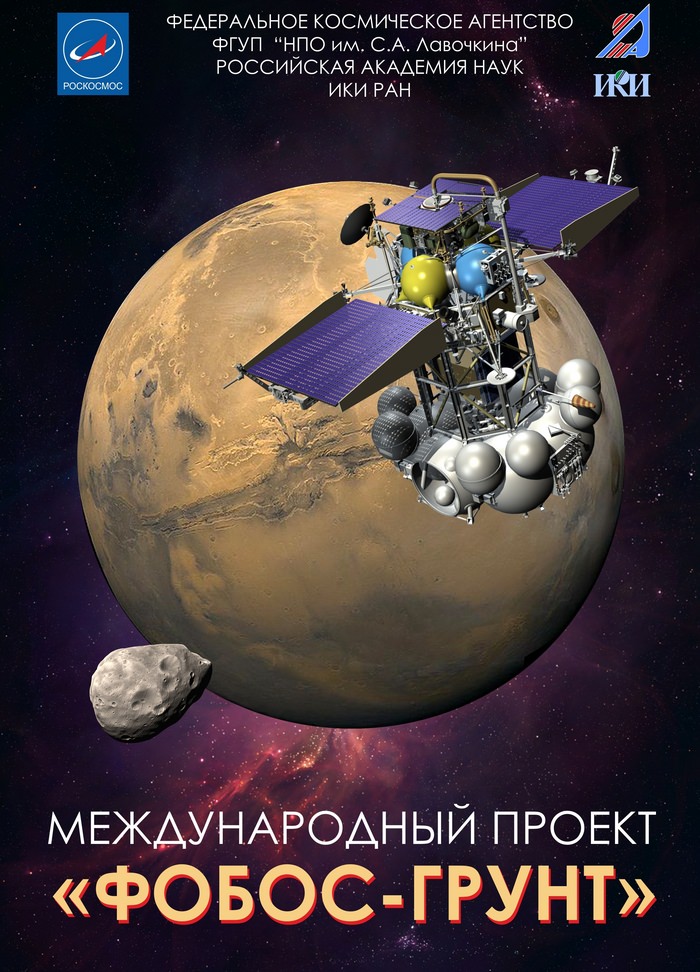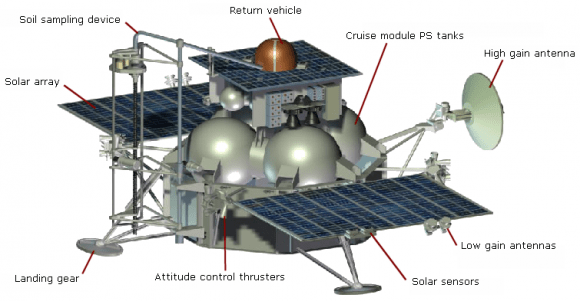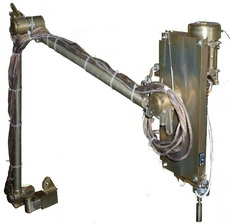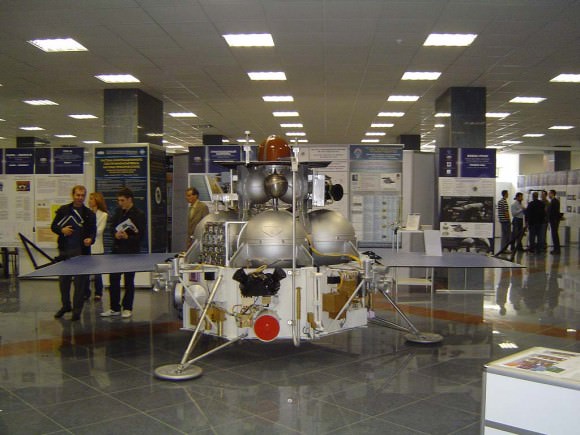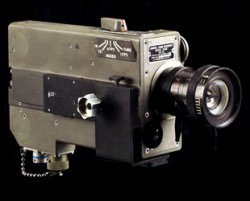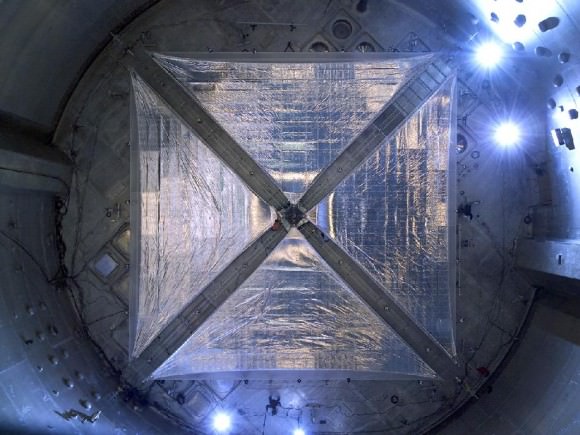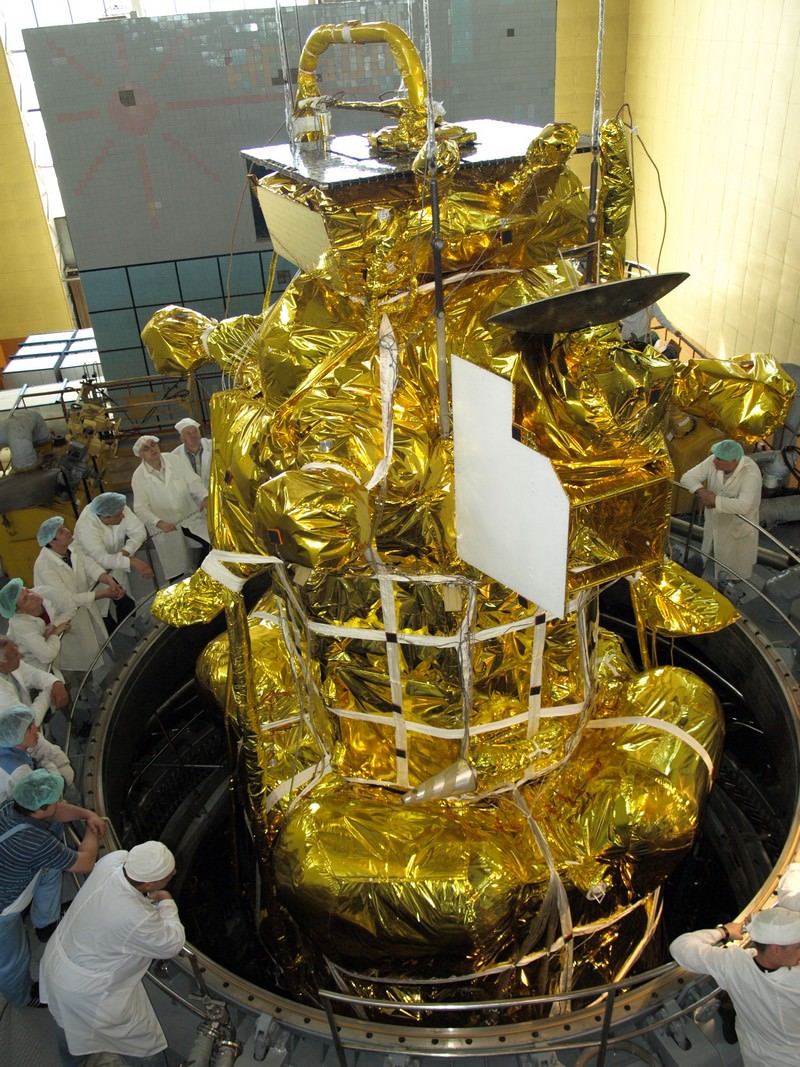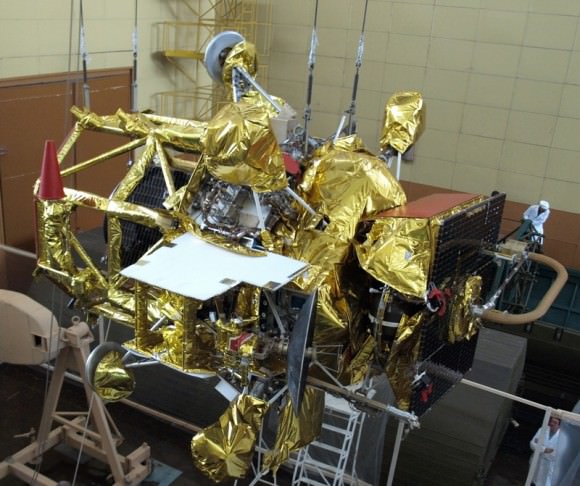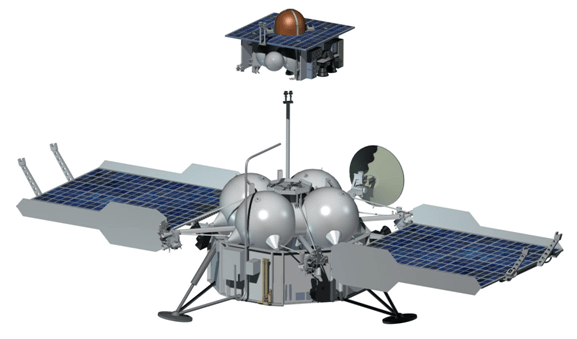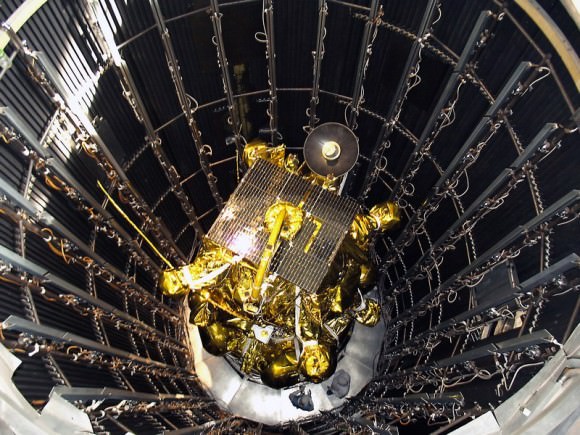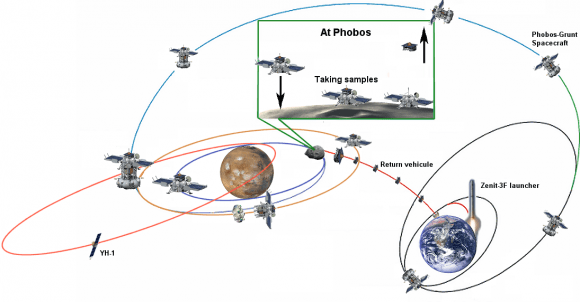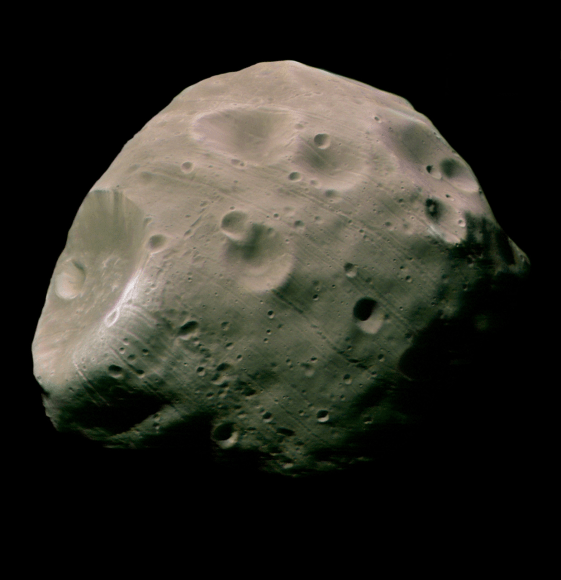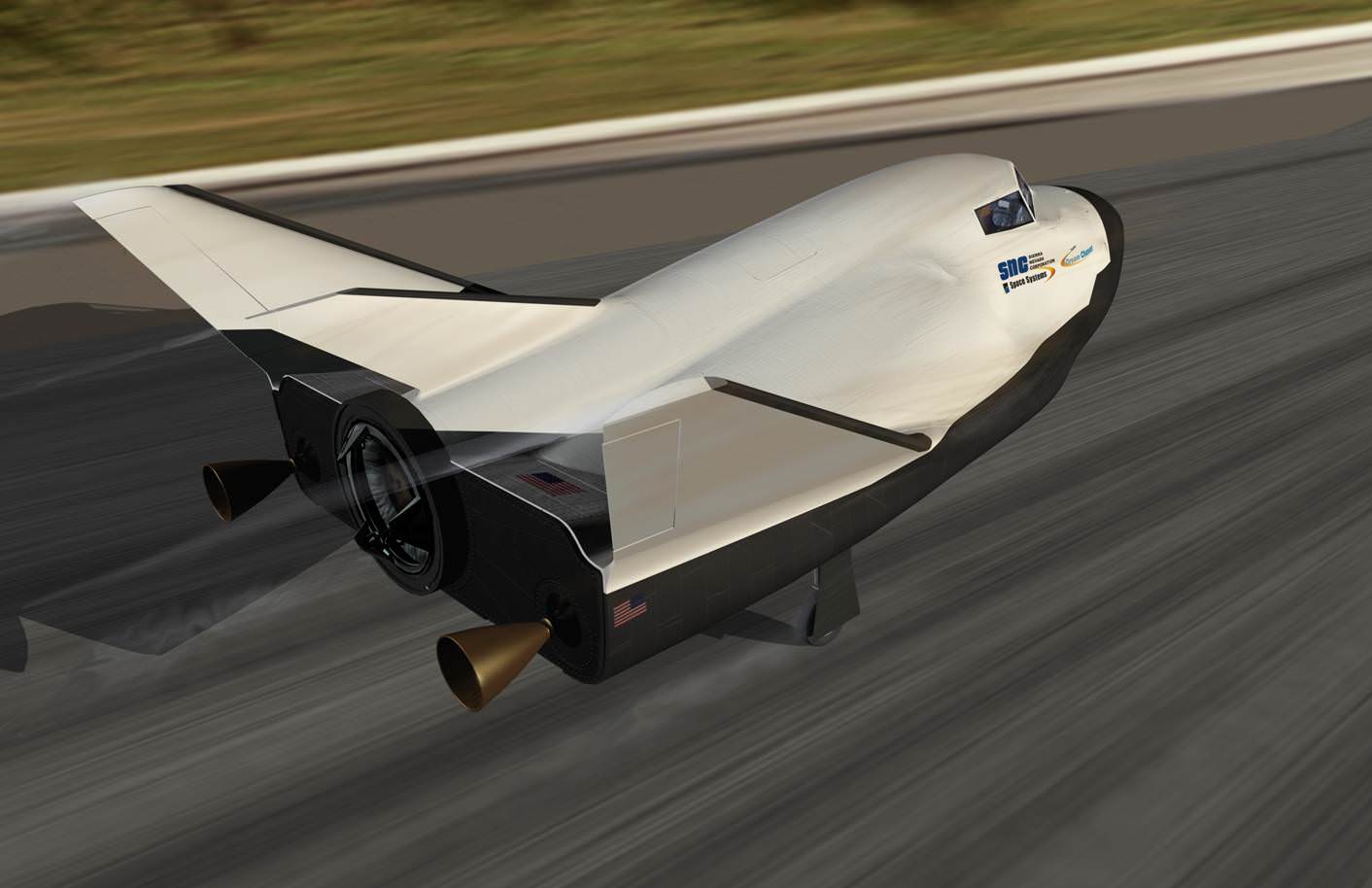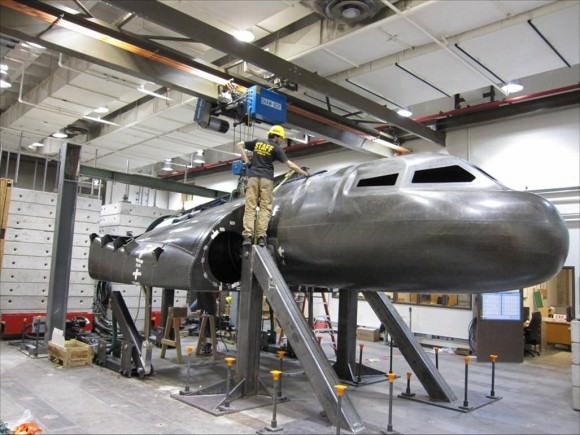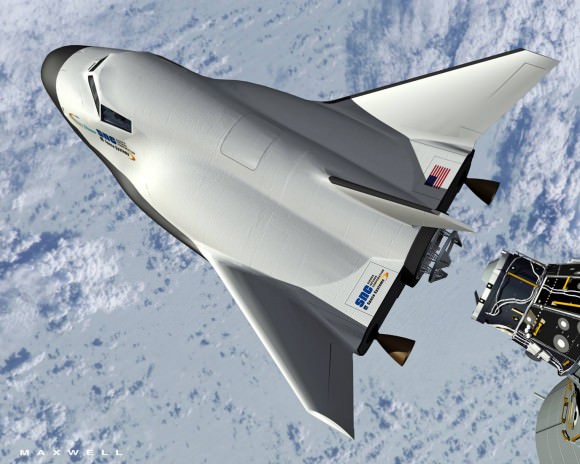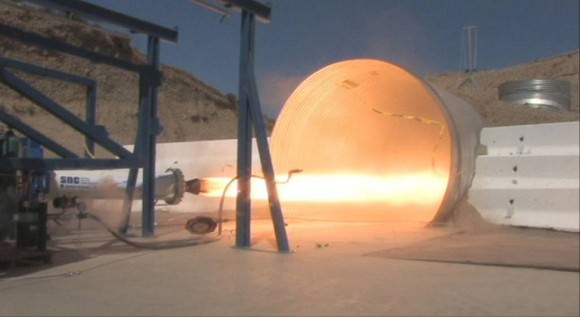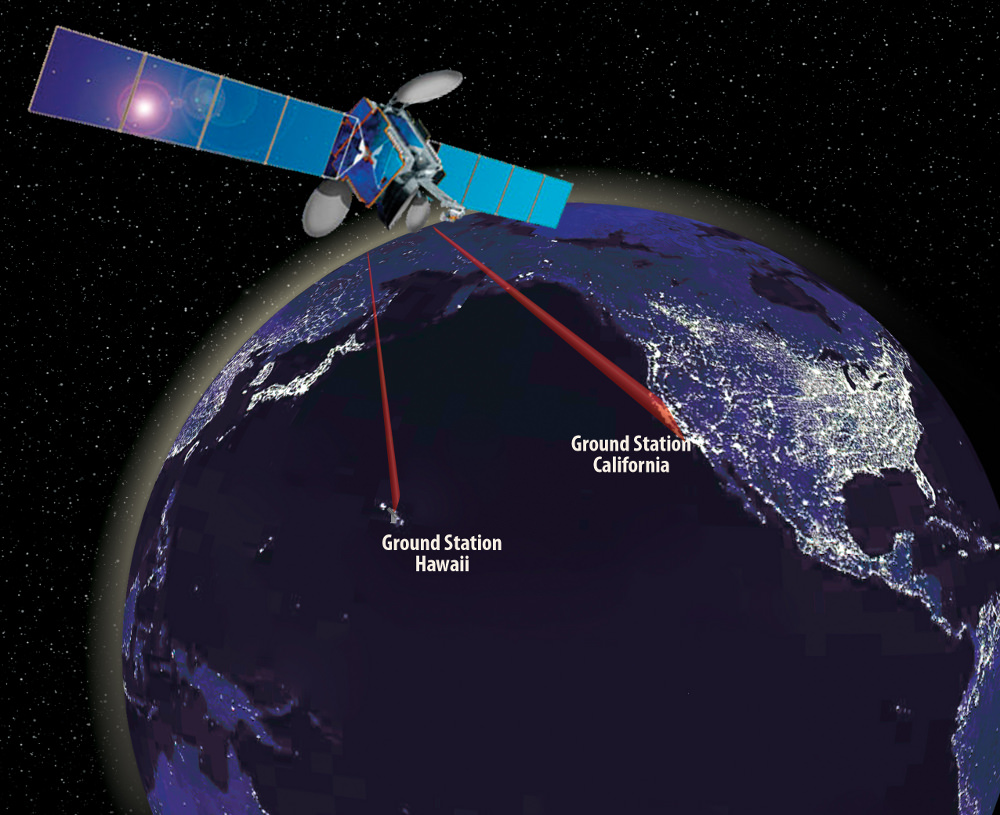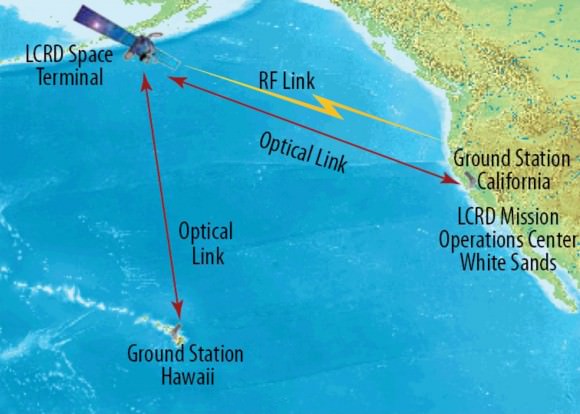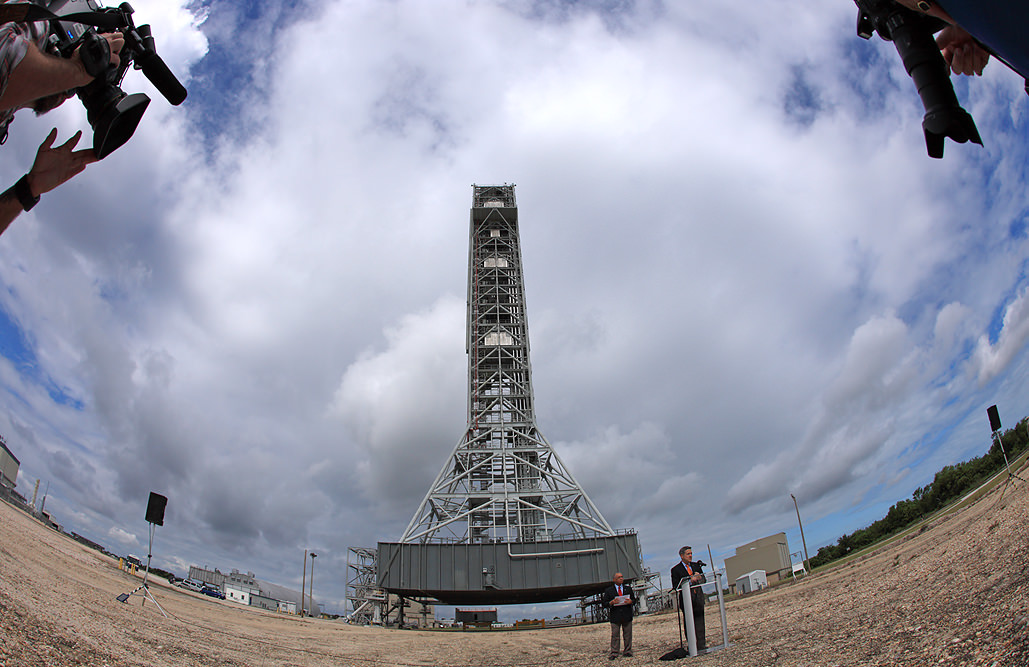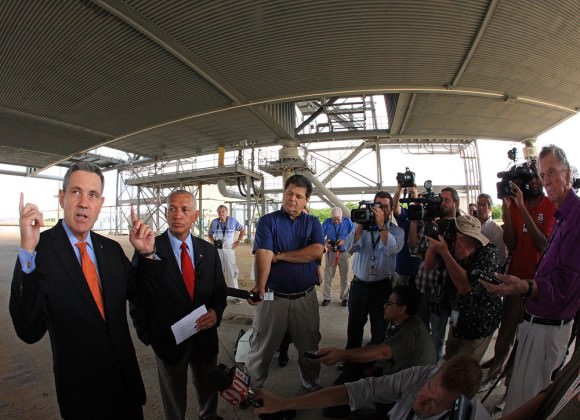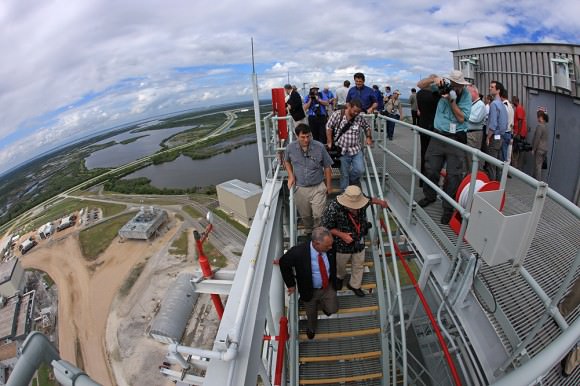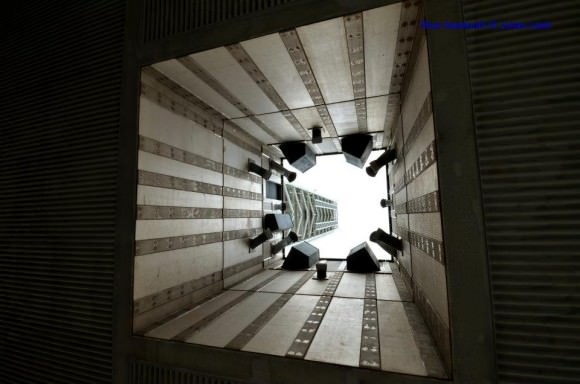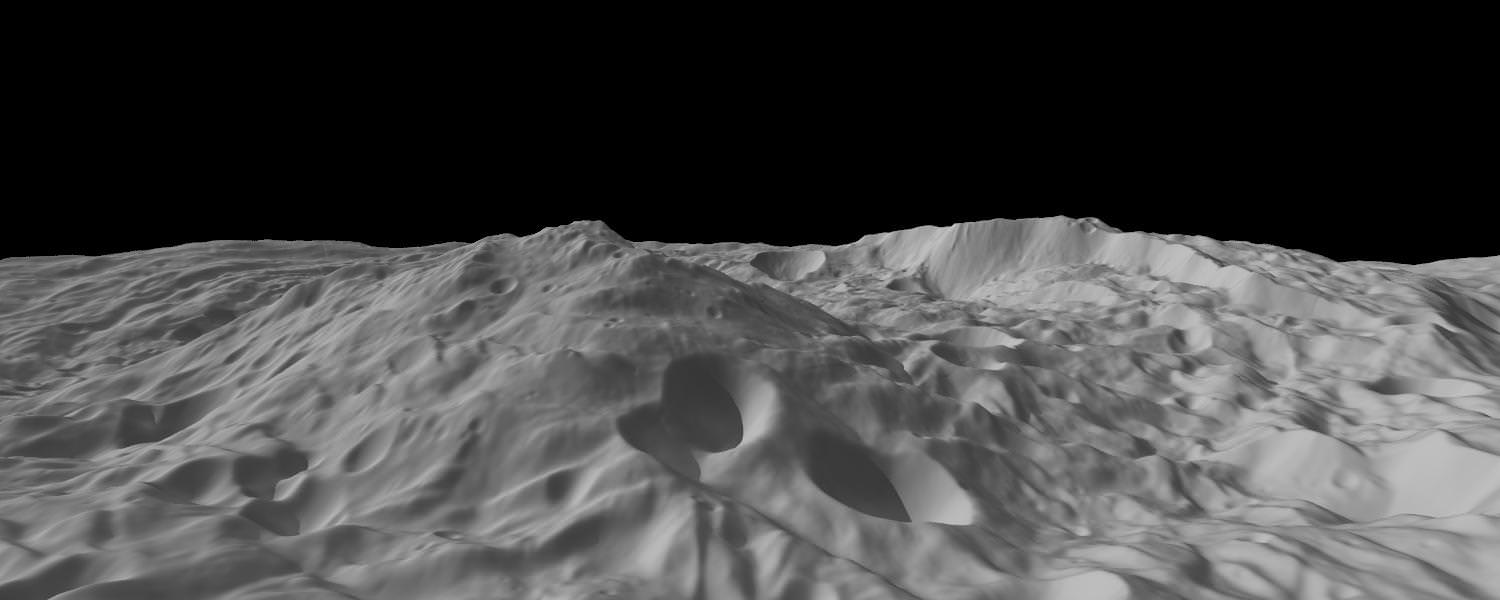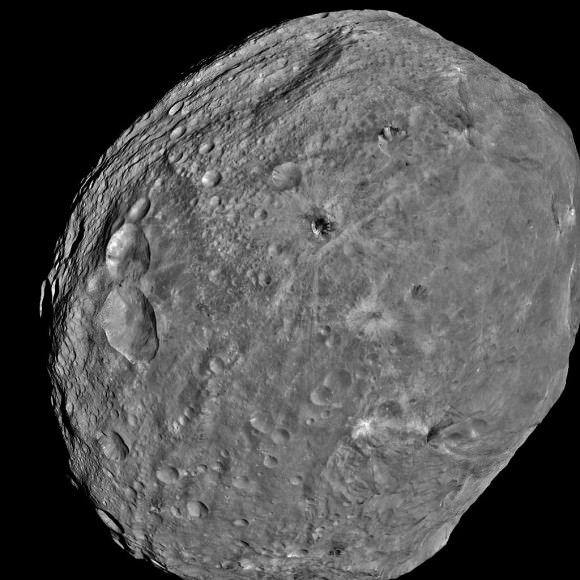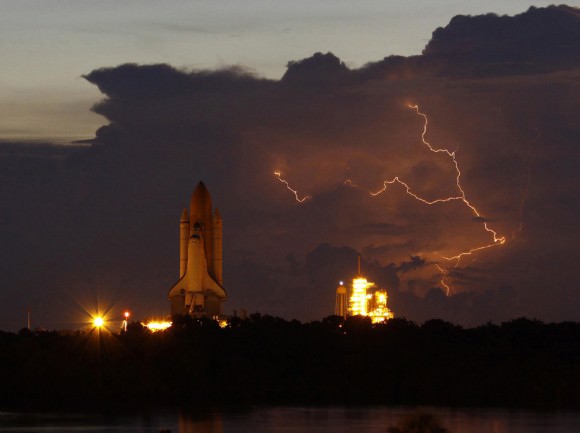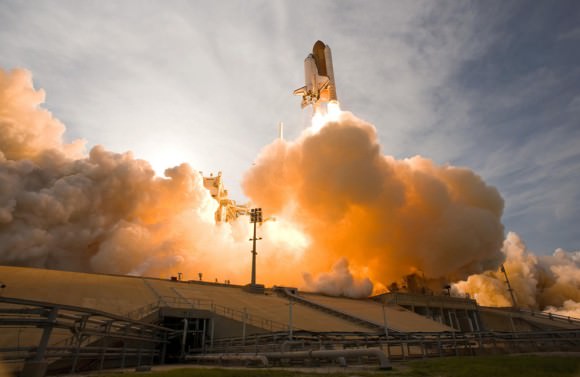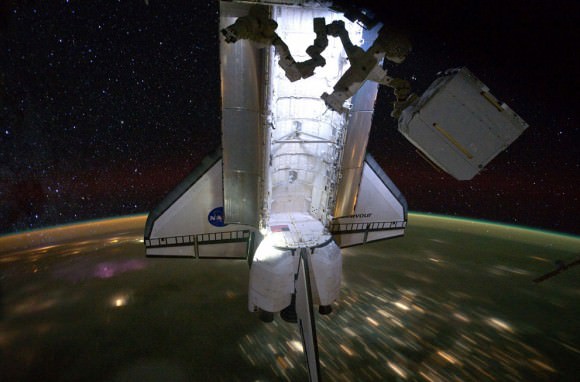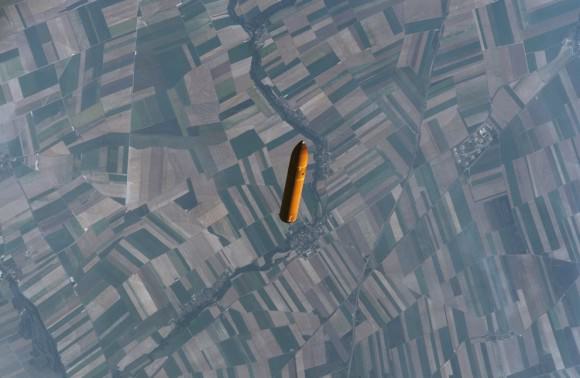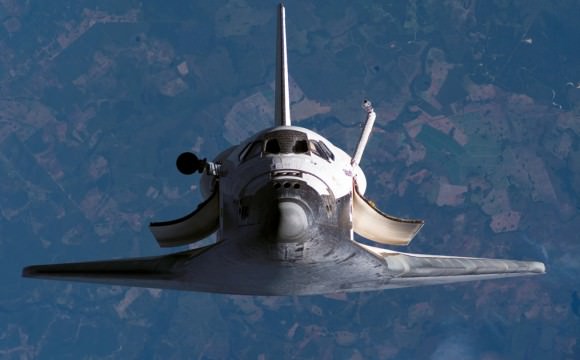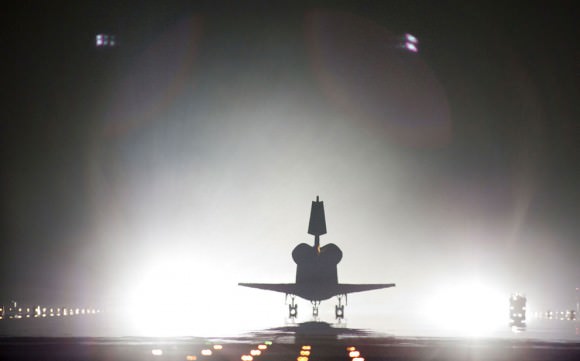[/caption]
What’s new in the avenue of space exploration? Right now the European Space Agency (ESA) has issued a formal invitation to Russia to join the U.S.-European Mars exploration program in a last-ditch attempt to save the project from being cut in half, ESA Director-General Jean-Jacques Dordain said October 13th.
The appeal to Russia, which came in the form of a letter to the head of the Russian space agency, Roscosmos, is likely ESA’s only hope of saving the full U.S.-European Mars exploration project, which Europe calls ExoMars, Dordain said in an interview. At this point in time, the agency is hoping for a solid answer by the beginning of 2012. This will allow for planning for a two-launch mission of the ExoMars program and lead to a full partnership between the Russian Space Agency and NASA. What’s more, this partnership could mean additional support for the U.S.-European program and even incorporate a Proton rocket launch carrying a jointly-build Mars telecommunications orbiter and an entry, descent and landing system in 2016.
By cutting NASA’s budget, the U.S. contribution to world-wide space programs looks bleak… even with the planned 2018 launch, aboard a NASA-provided Atlas 5 rocket, of the Euro-American Mars rover. This lack of funds hurts everyone – including ESA – dashing hopes of of purchasing its own Ariane 5 rocket for the 2016 mission. Even though NASA appears to be committed at this point, there’s always the uncertainty of the U.S. economic picture.
“At this point I am becoming a Doubting Thomas in that I believe only what I can see,” Dordain said. “But NASA has said nothing that would lead me to believe the 2018 mission is not going forward. At this point I have only two options: Keep the mission as we would like it by finding an additional partner, or reduce the mission.”
This doesn’t mean that ESA isn’t trying. Even by cutting the budget to a single-launch isn’t totally the answer. By making such drastic changes in the middle of an already planned scenario means changing tactics when design teams are already on a tight schedule. Cutting the budget also means cutting jobs – and that’s a problem in its own right. At this point, ESA is even willing to release nations from their commitments to keep the program, with modifications, intact.
Dordain said his approach to Roscosmos is not simply a request for an in-kind contribution of a Proton rocket for the 2016 launch. He said he would like Russia involved in ExoMars as a full third participant with NASA and ESA, and that the Russian role could include provision of experiments. “This could end up being an even grander mission than it would have with a full Russian participation,” Dordain said. “It’s not simply a matter of asking the Russians, ‘Please provide us a launcher.’”
Dordain briefed ESA’s ruling council on the ExoMars situation October 13 and will give an update at the council’s mid-December meeting. The current ExoMars contract for the 2016 mission, which had already been extended while ESA waited for a NASA commitment that never came, runs through December and can be extended to January, Dordain said.
It will be a waiting game from here. With luck, the Russians will answer by January 2012 and NASA will have a clearer picture of its own financial responsibilities by February 2012. Let’s hope the ExoMars Mission doesn’t have to pay the price.
Original Story Source: Space News Release.


